DApp Adoption Impact Calculator
Adoption Factors
Based on article: 20% of Americans would use crypto services if regulations were clearer (2025 survey)
Based on article: 68% of DEX volume occurs across multiple chains by 2025
Based on article: 1.2 million artists used DApp platforms in 2024 for direct monetization
Results
Estimated Adoption Rate
Based on current factors: Reg 45%, Cross-Chain 35%, Use Cases 60%
The future of decentralized applications isn’t about hype anymore. It’s about building real systems that work-faster, cheaper, and more securely than anything centralized can offer. By 2025, DApps have moved past the experimental phase. They’re no longer just crypto wallets or token swaps. They’re managing medical records, tracking food shipments across continents, powering digital music marketplaces, and even letting gamers own their in-game items without asking a company’s permission.
Modular Blockchains Are Changing Everything
Early DApps were stuck on Ethereum. If the network got crowded, fees spiked and transactions slowed. That’s why the next big leap isn’t another blockchain-it’s a new way to build them. Modular blockchains split functions like consensus, execution, and data storage into separate layers. Think of it like building a car with interchangeable parts: you don’t need to build the whole engine to get wheels moving.
Celestia, launched in late 2023, became the first network designed just to handle data availability. Other chains, like Polygon 2.0 and EigenLayer, use Celestia’s infrastructure to focus on speed or privacy without reinventing the wheel. EigenLayer lets Ethereum stakers re-use their security to protect new chains. That means a startup can launch a custom DApp chain without spending millions on miners or validators. Costs drop. Time to market shrinks. Innovation accelerates.
Smart Contracts Are Getting Smarter
Smart contracts aren’t just automated agreements anymore. They’re becoming secure, private, and collaborative. Multi-signature wallets now require three or more people to approve a transaction-critical for DAOs managing millions in funds. Zero-knowledge proofs (ZKPs) let you prove something is true without revealing what it is. A hospital DApp can confirm your blood type is compatible with a donor’s without ever showing your full medical history. That’s not just privacy-it’s compliance with HIPAA and GDPR.
Bug bounty programs are now standard. Teams offer cash rewards to ethical hackers who find flaws before criminals do. In 2024, one DeFi protocol paid out over $2.3 million in bounties. That’s more than most startups spend on security teams. It’s a new model: trust through transparency, not secrecy.
Cross-Chain Is No Longer Optional
Remember when you had to choose between Ethereum and Binance Smart Chain? Now, you don’t. Cross-chain interoperability lets DApps talk across networks. Uniswap on Ethereum can swap tokens with PancakeSwap on BSC. A user in Nigeria can lend crypto on a Solana-based platform and borrow on an Arbitrum-based one-all without moving assets manually.
Decentralized exchanges (DEXs) are leading this shift. In 2025, over 68% of DEX volume happens across multiple chains. Liquidity isn’t trapped on one network anymore. Automated market makers (AMMs) now pull liquidity from dozens of sources at once, reducing slippage and improving prices. This isn’t just convenient-it’s making DeFi accessible to people in countries with unstable banks or strict capital controls.

DApps Are Going Beyond Finance
Most people still think DApps = crypto trading. That’s outdated. In 2025, DApps are quietly running real-world systems.
- Logistics firms use DApps with IoT sensors to track perishable goods. If a refrigerated truck hits 8°C, the system automatically triggers a refund or reroute-all recorded on-chain.
- Energy grids in Germany and Texas now use DApps to let homeowners sell excess solar power directly to neighbors. No middleman. No utility bill.
- Healthcare providers in Canada and Australia store patient consent records on decentralized ledgers. Doctors access them instantly with ZKPs, ensuring privacy while meeting legal standards.
The Metaverse isn’t just virtual real estate anymore. MetaFi-mixing NFTs, tokens, and DAOs-is turning digital art, music, and gaming items into real financial assets. A musician can release a song as an NFT, let fans vote on remixes via DAO, and earn royalties every time it’s traded. Young creators are skipping record labels entirely. In 2024, over 1.2 million artists used DApp platforms to monetize their work directly.
Regulation Is Finally Catching Up
For years, regulators ignored DApps. Now, they’re writing rules. The U.S. Treasury and EU regulators have proposed clear frameworks for DeFi protocols in 2025. Key points: DApps must disclose who controls the code, how fees are used, and how user funds are protected. This isn’t about shutting them down-it’s about making them safer.
According to Kraken’s 2025 survey, 20% of Americans say they’d use crypto services if regulations were clearer. That’s 65 million people. Central banks aren’t far behind. By 2030, 15 countries-including the UK, Japan, and Brazil-will likely launch their own digital currencies. These CBDCs will connect to DApp networks, giving people a government-backed digital dollar or euro that works with DeFi apps.
AI and Blockchain Are Merging
Big tech controls most AI models. They collect your data, train their models, and sell the results. DApps are changing that. Decentralized AI platforms like Bittensor and SingularityNET let users contribute computing power and data in exchange for tokens. You can train an AI model using your own photos or voice recordings-and still own the output.
Healthcare DApps now use decentralized AI to predict disease outbreaks without collecting personal data. A hospital in Singapore uses a ZK-powered AI to analyze anonymized symptom reports across 200 clinics. It spots patterns, warns public health officials, and never sees a patient’s name.
What’s Holding DApps Back?
Despite progress, challenges remain. User experience is still clunky. Most people don’t understand wallet keys, gas fees, or seed phrases. If you lose your private key, your assets are gone-no customer service to call.
Scalability is improving, but not everywhere. Some chains still struggle with 500 transactions per second. Real-world needs-like processing 10,000+ payments per second for a global payment app-require more innovation.
And identity? Still broken. No one has built a universal, privacy-preserving digital ID that works across all DApps. Until that exists, mass adoption will be slow.
The Road Ahead
The future of decentralized applications isn’t about replacing banks or governments. It’s about giving people control over their data, money, and digital lives. By 2030, the global blockchain market will hit $1 trillion. DApps will power everything from voting systems to rental agreements to music streaming.
Developers aren’t just writing code anymore-they’re building new economic systems. And users aren’t just using apps-they’re becoming stakeholders. Whether you’re a farmer selling grain, a musician releasing a track, or a patient sharing health records, DApps are making it possible to own your value-without asking anyone’s permission.
The shift isn’t coming. It’s already here.
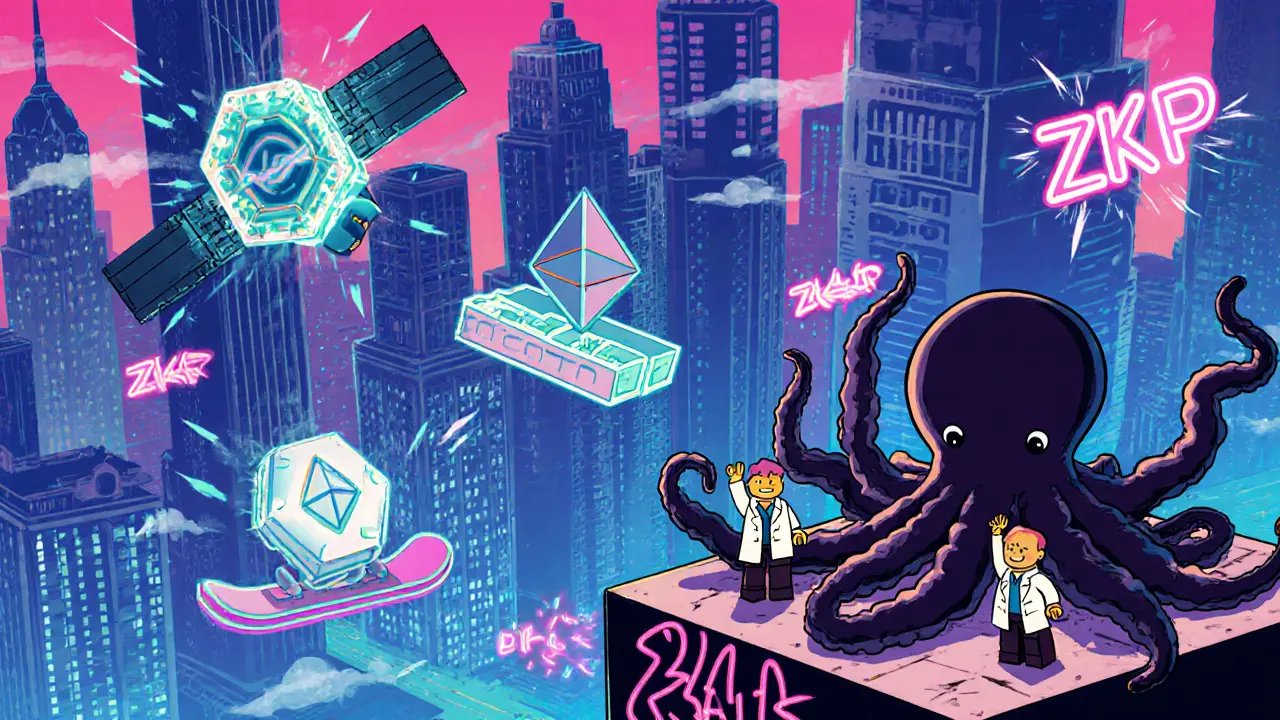
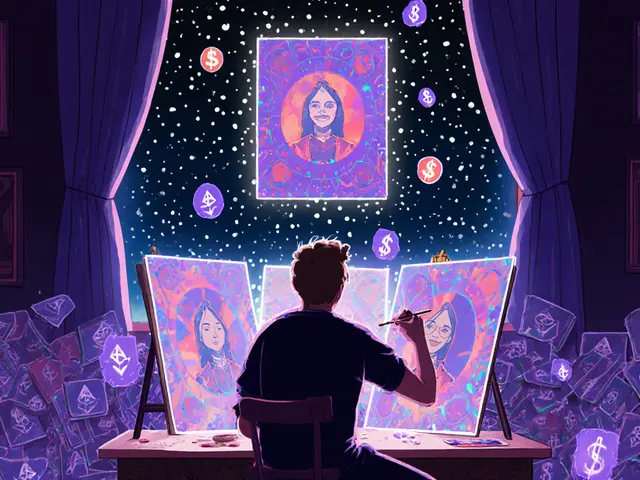
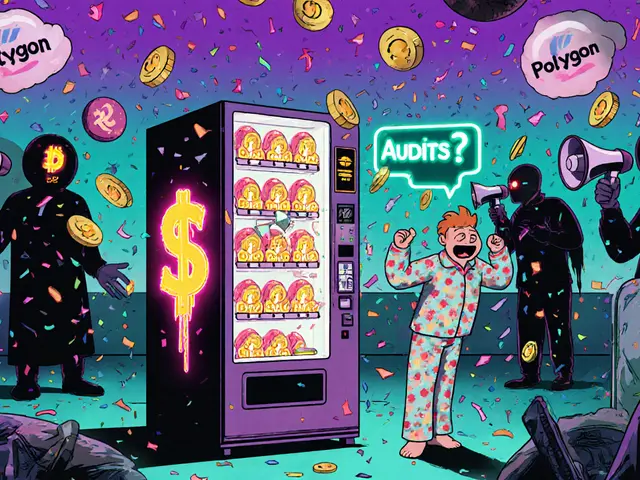
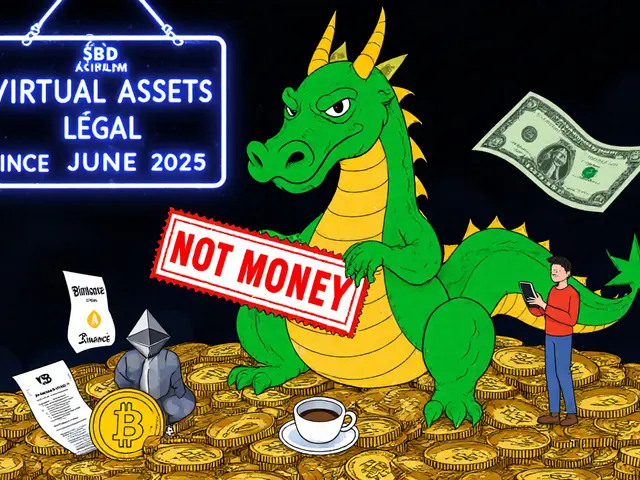

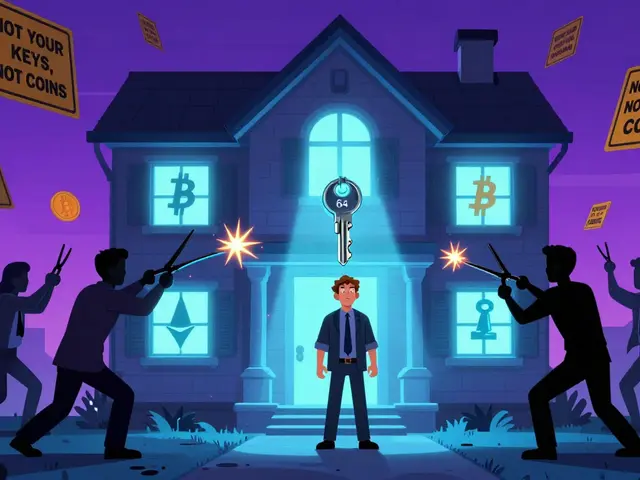
Michael Brooks
Modular blockchains are the real game-changer. I’ve been watching Celestia since launch and the way EigenLayer leverages existing staking security is genius. No more reinventing the wheel for every new chain. This is how infrastructure should scale.